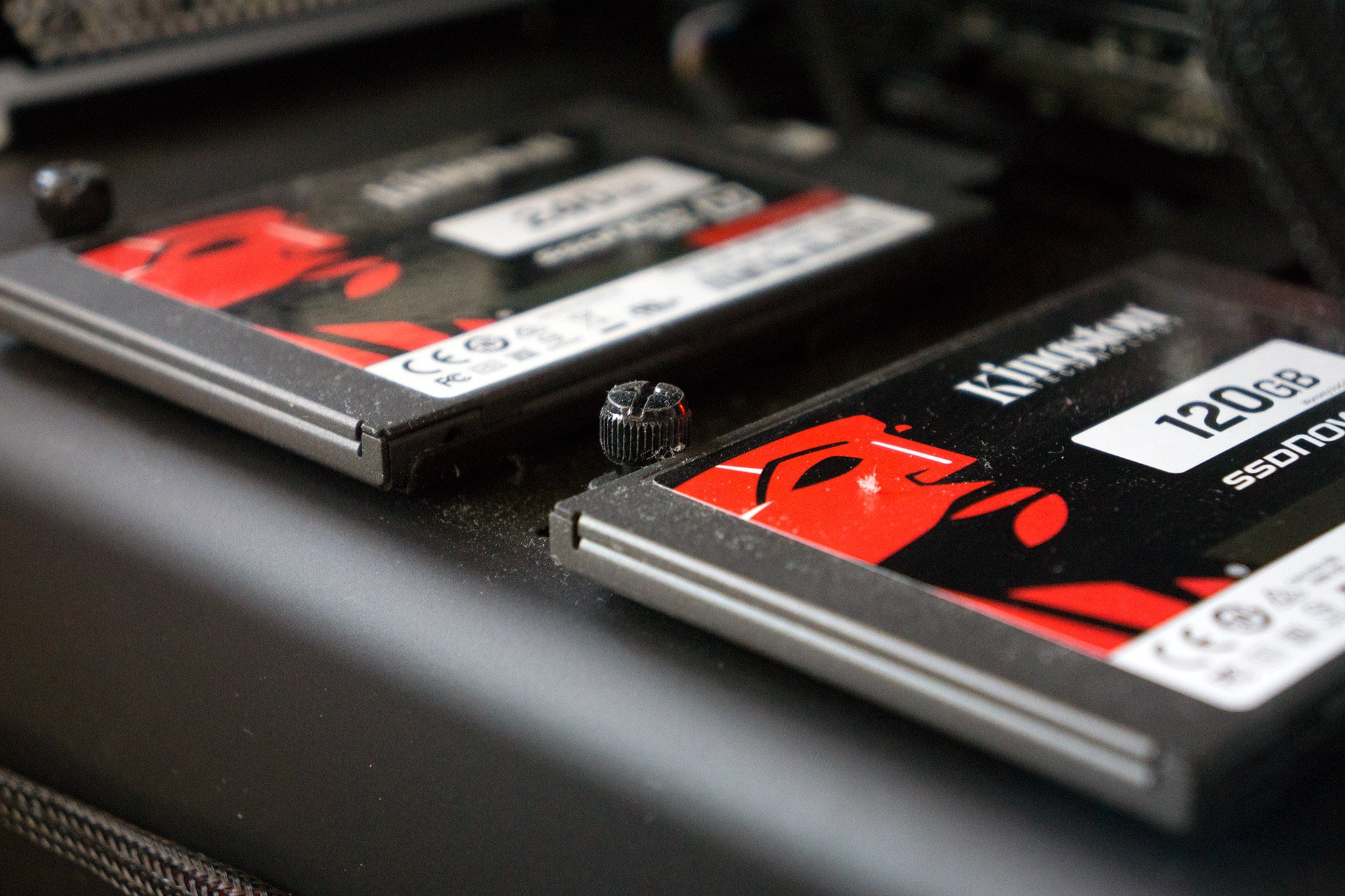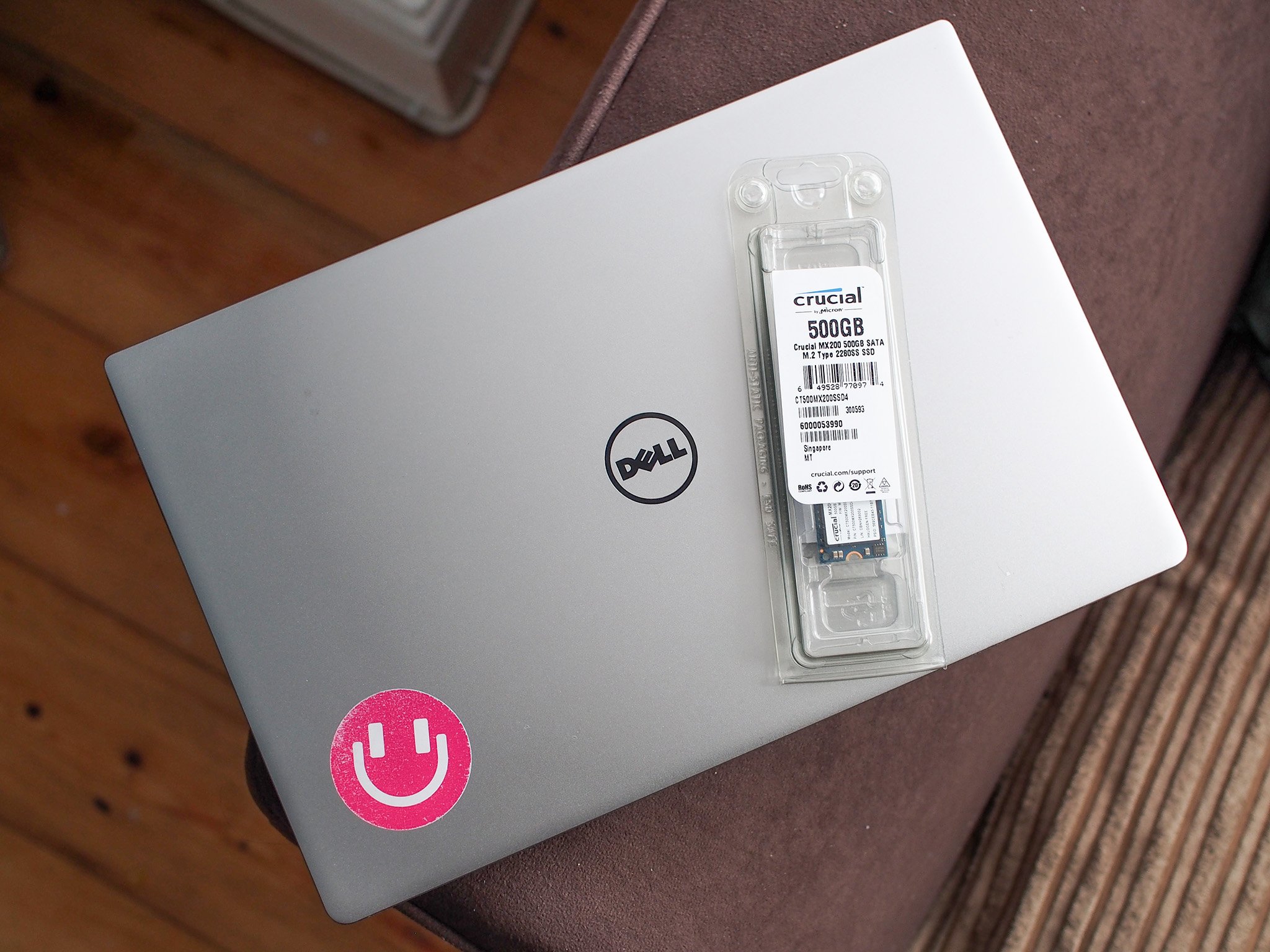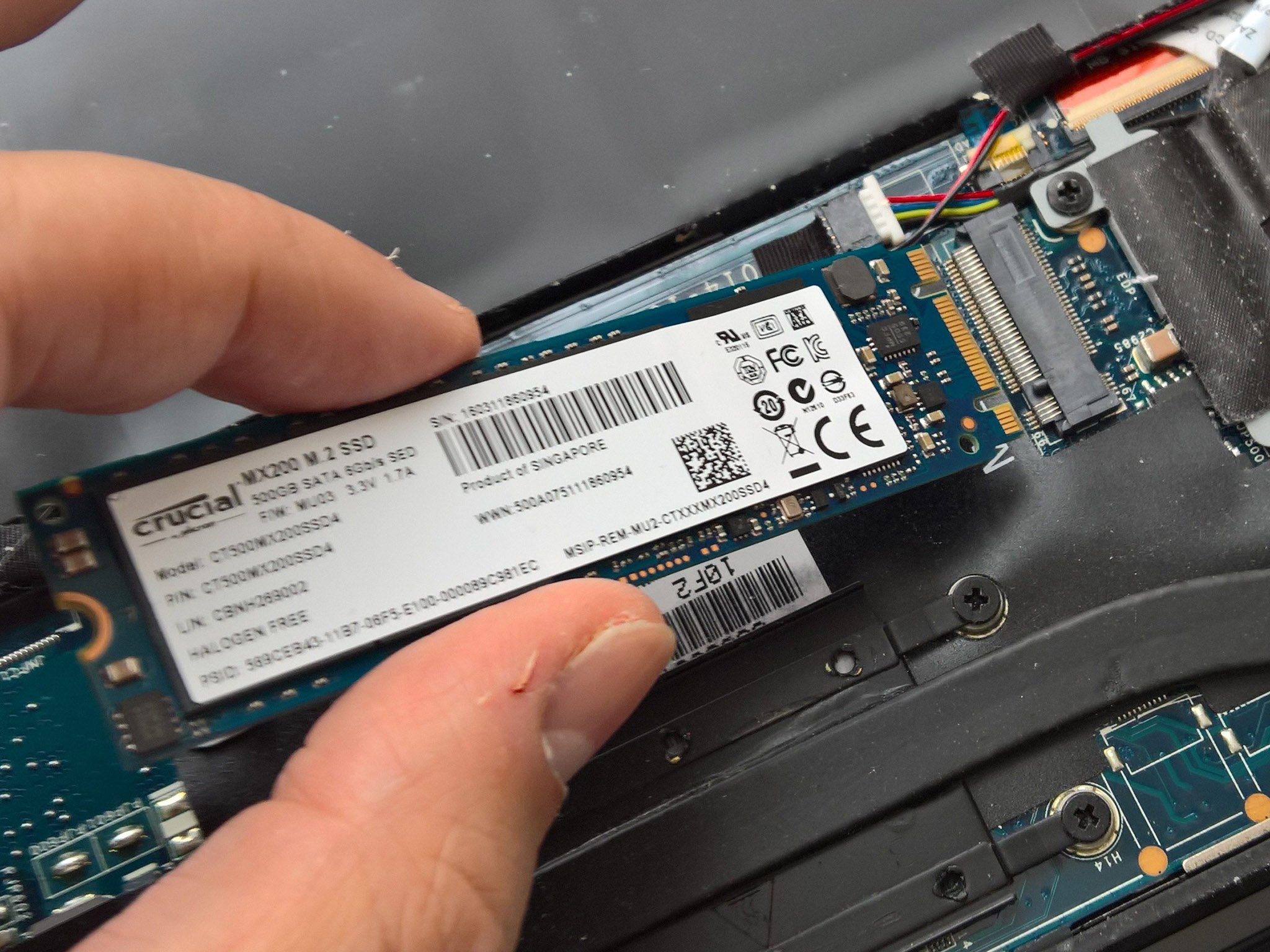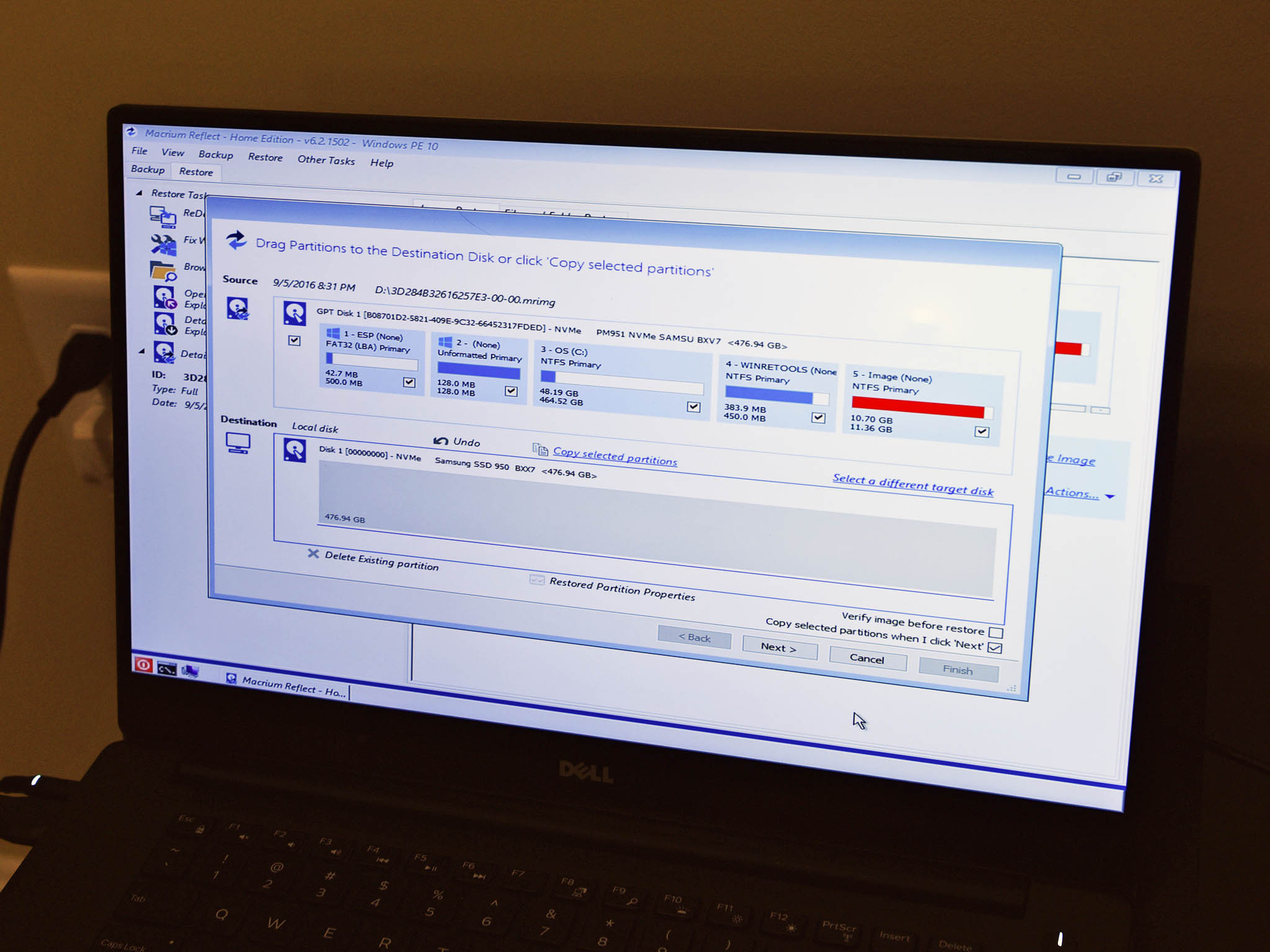
Update March 13, 2017: We've refreshed this article with some new resources and more information on swapping out your old drive with a new solid-state drive.
Many Windows PC users wade into the solid-state drive (SSD) market without the knowledge needed to make an informed buying choice. We take a look at solid-state drives and what's inside them to help prepare you for your next storage device.
- What is a solid-state drive?
- Why use a solid-state drive?
- Choosing the right type of memory
- Understanding NAND memory chips
- Choosing the right connection
- Choosing a solid-state drive
- Upgrading to a solid-state drive
What is a solid-state drive?
When you get down to a base level, an SSD is just some memory chips on a circuit board. It has an In/Out interface, usually in the form of SATA or PCIe, that feeds power and transfers data.
Unlike traditional hard-disk drives (HDD), there is no actuator arm that has to move across a spinning magnetic platter to read or write data. In fact, there are no moving parts at all. Most SSDs instead use NAND flash memory, which is relatively stable and will last for years.
Why use a solid-state drive?

There are a number of reasons why you might want to opt for an SSD in place of a standard HDD.
Laptops can take a beating while they travel with you — having a storage device that isn't disrupted by bumps is a huge boon. HDDs with their moving parts can be damaged if they're spinning when the drop or impact happens. SSDs are far less likely to be affected by impacts.
Mobility is a huge part of laptops; SSDs are both smaller and lighter than HDDs. This saves space to include other hardware in the laptop and reduces weight and thickness. SSDs also require less power, so your laptop battery should last longer.
Get the Windows Central Newsletter
All the latest news, reviews, and guides for Windows and Xbox diehards.
Most people who've been using Windows for years know how long boot times can be when using an HDD. Differences in speed loading apps on your PC might be minimal — you probably won't notice if Office apps load in two seconds rather than four — but using an SSD to boot Windows 10 will significantly cut time spent twiddling your thumbs.
On top of all these perks, SSDs also have a way lower failure rate than HDDs. If you're backing up important data, it's never a bad idea to save it on an SSD.
Choosing the right type of memory
There are three types of memory that you should look out for when buying an SSD:
- Single-level cell (SLC): These cells can each hold one bit of data — either a 1 or a 0. There are thus only two possible values that can be read from each cell.For this reason, SLC memory is the fastest and most precise when it comes to writing, takes the least amount of power, and will last the longest.The trade-off is that it is also the most expensive. SLC solid-state drives are typically used in an enterprise scenario because of their price but are available to everyone.
- Multi-level cell (MLC): These cells can each hold two bits of data per cell — a 1 and a 0. Because it can hold both bits, there are four possible values: 00, 11, 01, and 10.MLC memory can thus have a larger amount of storage without physical size increasing, are available for a cheaper price, but have slower and less precise write speeds. They also use more power and wear out about 10 times faster than SLC memory because of the increased power use.Keep in mind we're not talking about longevity in months or years — we're talking about decades. By the time most SSDs wear out they'll likely be long-outdated by whatever storage technology comes next. MLC solid-state drives are your standard drives found in most high-end devices today.
- Triple-level cell (TLC): These cells can each hold three bits of data per cell, and are available in big storage sizes at a decent price. The tradeoff is a slower read and write speed and less precision, as well as reduced longevity thanks to increased power consumption.
Understanding NAND memory chips

Negative-AND (NAND) memory chips are what house your SLC, MLC, or TLC memory cells. When SSDs first emerged on the market, most cheap models had about five NAND chips in them, while expensive models had up to 10 NAND chips.
Now current technology allows for way more NAND chips and way more storage. Vertical NAND (V-NAND), a relatively new approach, stacks cells on top of each other — cells retain the same performance because they're not all cramped together, and you can have large storage sizes without large physical sizes. For example, a single 48-layer V-NAND chip can hold 32GB, so in a 4TB SSD, you would have 125 separate NAND chips.
All NAND memory has something called error-correcting code (ECC) built in. This is designed to fix any errors that occur as data is written and read on your SSD; your cells will continue working properly, and the overall health of your SSD will be maintained.
Choosing the right connection

When it comes to in/out interfaces — what you connect the SSD to your motherboard with — there are a few common options to choose from.
- SATA III: Serial ATA (SATA) III technology came about back in 2009 and is still used today in many SSDs. Read and write speeds on an SSD connected with SATA III will hit about 600MB per second. SATA was fine for HDDs but limits many SSDs.
- PCIe: Peripheral Component Interconnect Express (PCIe) solid-state drives bypass SATA connections and plug right into a PCIe lane in your motherboard. While PCIe solid-state drives are much more expensive, they also transfer data much faster — write speeds can surpass 1GB per second.
- M.2: Most common in laptops and all-in-one PCs, M.2 SSDs are physically smaller without sacrificing storage space. They are available in both SATA III and PCIe variants, depending on which your device supports.
- NVMe: Non-Volatile Memory Express (NVMe) technology is relatively new — it was designed specifically for SSDs and the problems they faced using SATA connections. NVMe is designed to maximize the amount or requests sent to an SSD, as well as making it possible to receive requests from multiple processor cores at a time.What does this mean for you? Real results will show up in enterprise-sized servers, but you might notice your PC is suddenly able to load apps instantaneously. NVMe solid-state drives come in either PCIe or M.2 formats to fit both desktops and laptops.
Choosing a solid-state drive
Now that you've read through the guide, you can go about choosing an appropriate solid-state drive for your desktop or laptop.
The sweet spot for most people is probably an MLC solid-state drive with a SATA III connection in their desktop, while most people will enjoy the same in their laptop, albeit with an M.2 connection.
If you'd like an idea of where to start, we've put together a great SSD buyer's guide to get you on your way.
See the best SSD available now
Upgrading to a solid-state drive

If you have a solid-state drive in-hand and are ready to swap it out in place of your old hard drive, you're probably wondering where to start.
Good news: you don't have to start over fresh. Using a tool like Macrium Reflect or Acronis True Image — there are plenty of other options out there — you can clone your old hard drive over to your new solid-state drive. Once you swap out the drives, everything will be just as you left it, but you'll be enjoying the speed and reliability of the SSD.
The process of cloning your hard drive might seem a bit daunting for anyone who hasn't done it before, but we created an in-depth guide to get your through safely.
Complete guide to cloning your hard drive with Macrium Reflect
We've also created specific guides on upgrading to an SSD in the Dell XPS 13, XPS 15, and the Razer Blade.
- How to upgrade the SSD in your Dell XPS 13
- How to upgrade the SSD in your Dell XPS 15
- How to upgrade the SSD in your Razer Blade

Cale Hunt brings to Windows Central more than eight years of experience writing about laptops, PCs, accessories, games, and beyond. If it runs Windows or in some way complements the hardware, there’s a good chance he knows about it, has written about it, or is already busy testing it.
